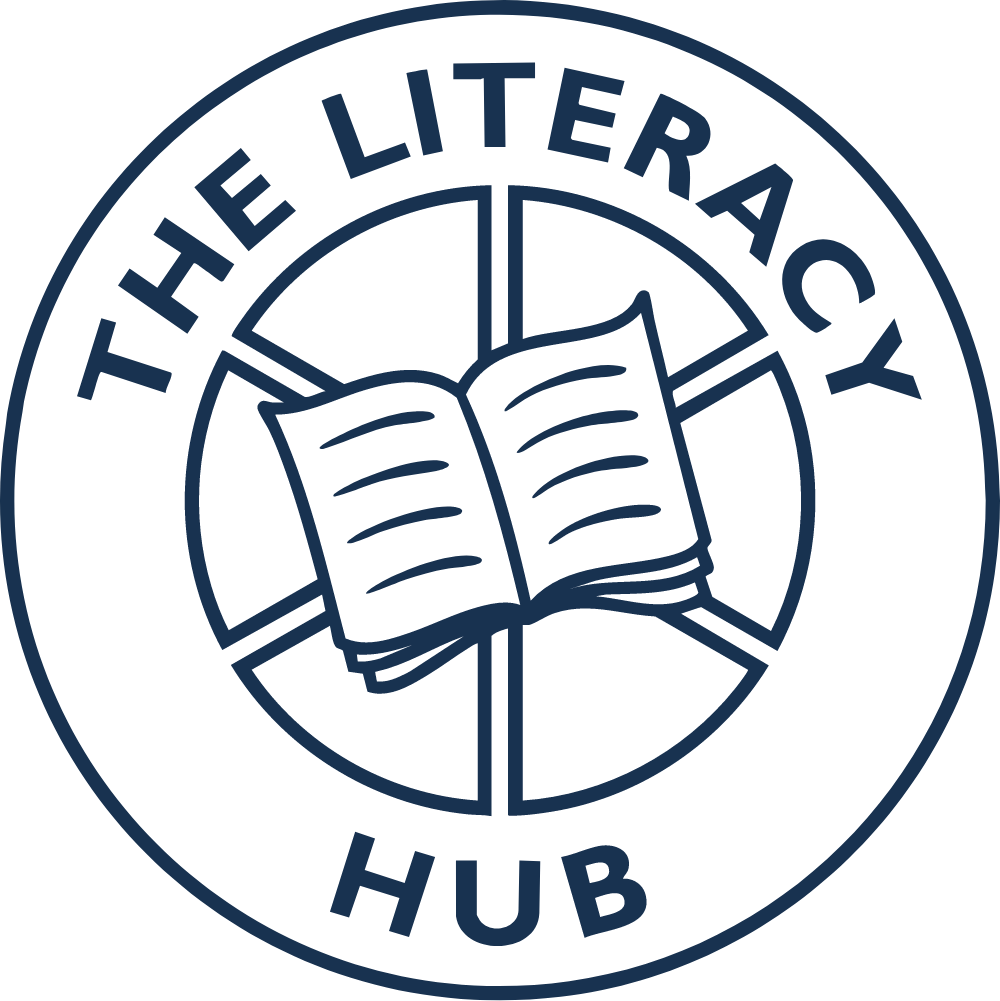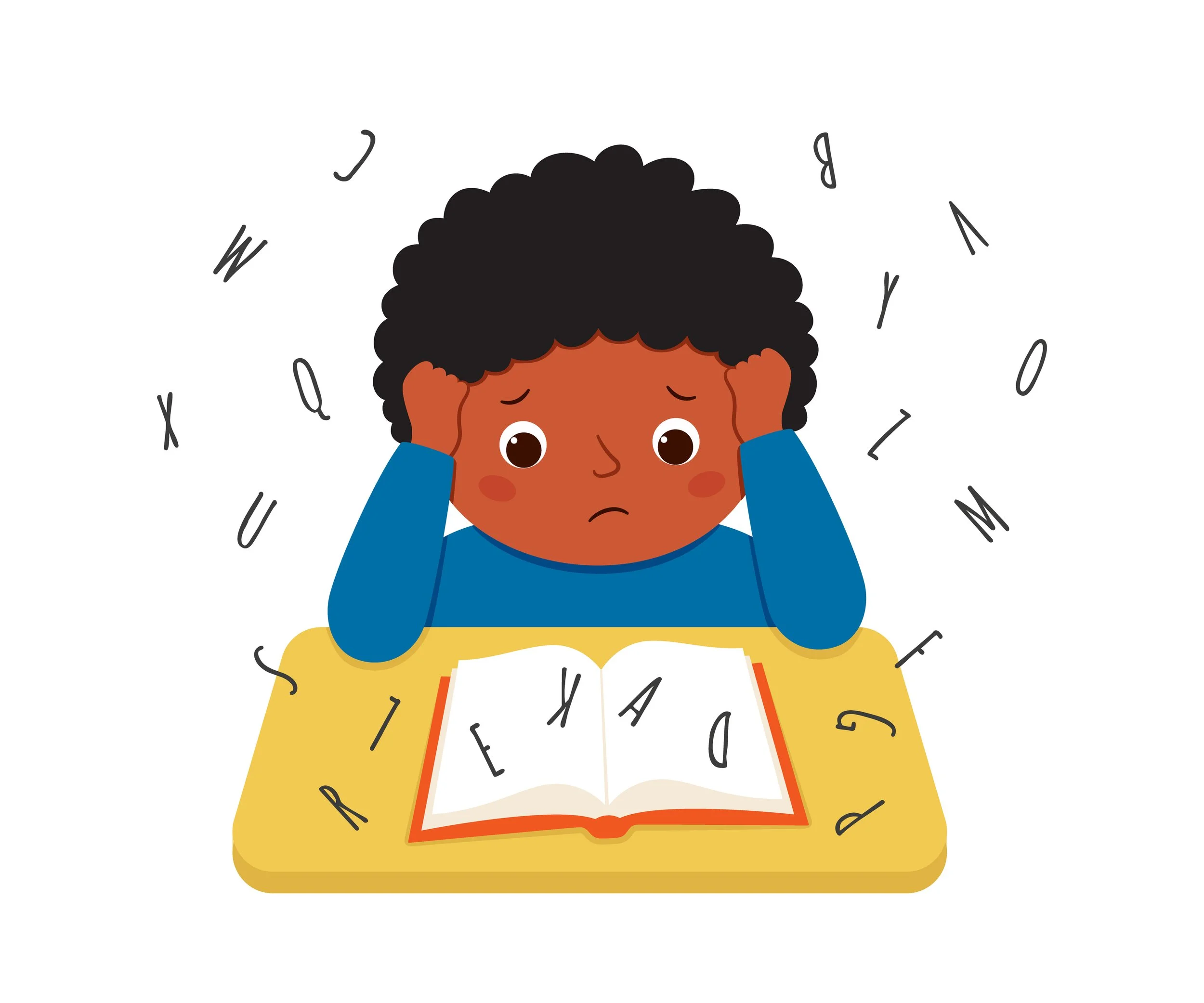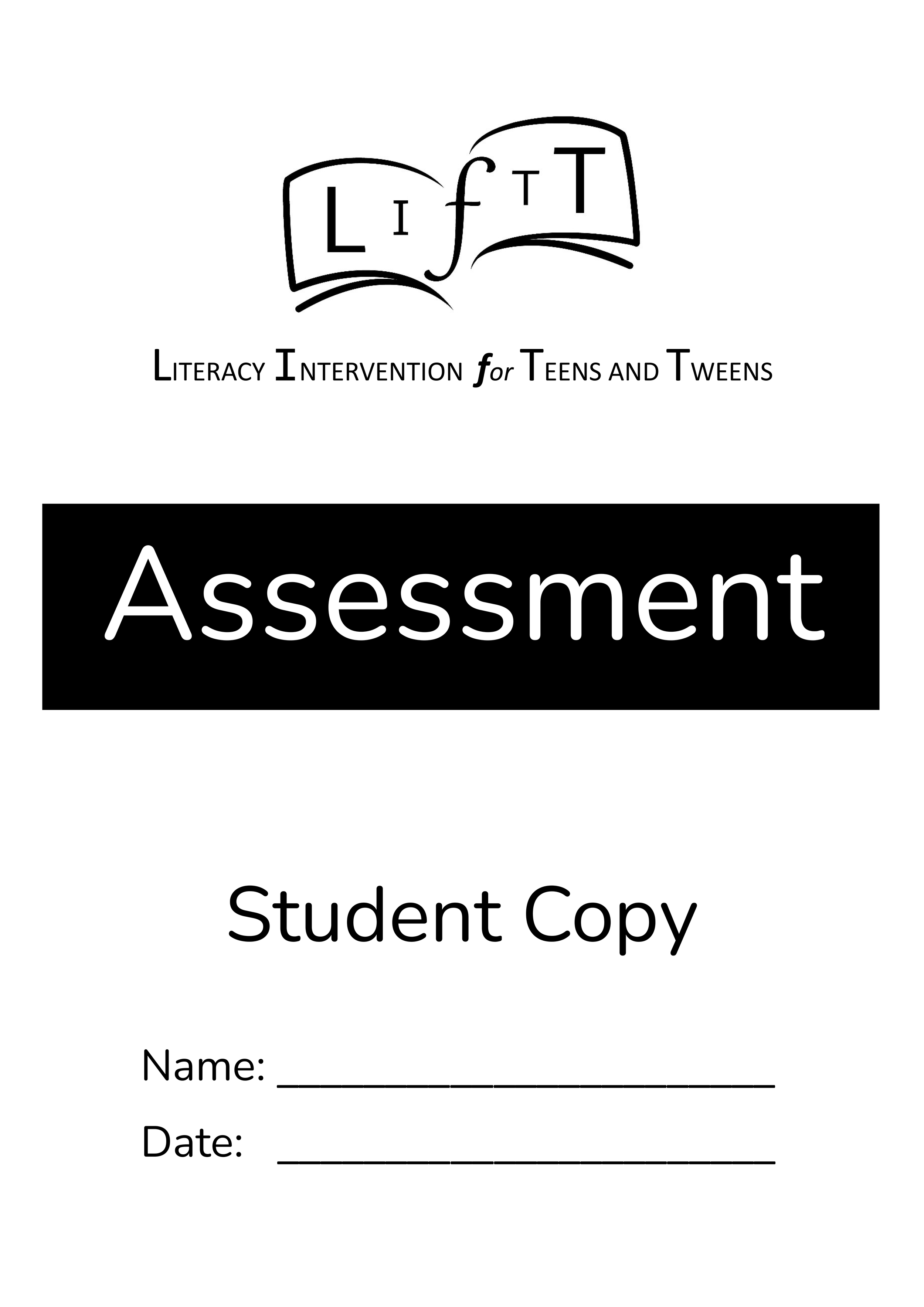Why I developed LIfTT
In this blog post, I describe my personal experience of being a Literacy Coach at a secondary school in Wales, and how the lack of suitable resources inspired me to develop the LIfTT intervention.
A new job
Teaching struggling adolescent readers effectively requires diagnostic data, specialist resources and subject knowledge.
I think there are lots of people attempting to help struggling adolescent readers without the appropriate resources. Seven years ago, that was me.
It started when, in my new job as a Literacy Coach, I was asked to help teenagers who ‘struggled with literacy’ and ‘needed support’. The national test data showed they needed help, the teachers knew they needed help… and so they were handed over to me.
But I had no information about their needs (just a standardised test score), virtually no resources, and – as I soon realised – not enough knowledge to know how best to teach them.
There were lots of things that I needed but didn’t have, and I’ve come to realise that they fell into three main groups:
1. I needed an assessment to quickly and easily identify students’ specific literacy needs
When I started my job in 2018, I used the standardised scores from national test data to identify and group students, and to timetable their literacy coaching sessions.
This didn’t work very well because students with the same score sometimes had very different problems, which meant I ended up placing students with different needs in the same teaching group. This led to frustration and wasted time, as well as lost motivation – if teenagers think something isn’t working, they’re usually not keen to give it a second chance.
Using national test data to choose students also led to me working with students who actually had quite reasonable literacy, but simply hadn’t bothered trying in the national tests. This was a waste of their time and mine.
With the benefit of hindsight, what I should have done was to use the national tests only as an initial screener. Then a more detailed assessment is essential to figure out why a student is struggling and what to teach them. Only then is it possible to create well-matched teaching groups.
2. I needed guidance on what to teach and how to teach it
In an ideal world, all literacy interventionists would be qualified specialists in literacy teaching, with expert knowledge of the latest research and best teaching practices.
But we all know that’s not the case – and it was true for me too. When I started my job, I found that my background researching and teaching linguistics at university, plus lots of voluntary experience supporting reading in schools hadn’t fully prepared me for what I was being asked to do.
There was a lot I had to learn – being good at reading and spelling does not mean you know the best way to teach them. So for example:
I intuitively knew when to drop <e>, double letters and change <y> into <i>, but I didn’t explicitly know the spelling conventions that govern these.
I could read long words very easily, but it took a while for me to figure out what exactly students need to know in order to ‘chunk’ unfamiliar words for themselves.
And I knew that the origin of a word could affect its spelling, but I didn’t realise the extent to which an understanding of etymology and morphology could provide insights into spelling and meaning.
I was lucky that my school funded training with the British Dyslexia Association (as a result of which I’m now an Accredited Specialist Practitioner). But, despite having learned about retrieval practice, ‘overlearning’, step-by-step explicit teaching, systematic phonics and the importance of reading fluency, I still needed more.
3. I needed lots of high-quality, targeted, quick-to-prepare resources
When I had to teach students day after day, my newfound knowledge and dyslexia qualification weren’t really much practical use:
What was the point in knowing that struggling students need extra practice to retain their learning if I didn’t have a range of specific practice activities to hand?
What was the use of knowing that I ought to be teaching systematic synthetic phonics if I didn’t have any good phonics resources for teenagers?
What was the point of knowing that etymology was a useful thing to teach if I didn’t have ready-made examples with explanations?
Planning lessons was a nightmare. With little time to create resources, I ended up using the same limited set of resources with most groups – even though I could see that some of them needed something more challenging, while others needed a slower pace and more practice. I knew I wasn’t making the best use of my students’ precious time.
Initially, I used to scour the web for bits and pieces, to try and avoid spending time creating my own resources. This didn’t work. Lots of cheap or freely available worksheets had errors, or they weren’t targeting exactly what I wanted, or they used examples that were either too easy or too difficult.
Finding a few decent worksheets wasn’t enough either – my students needed loads of practice, so I needed lots of resources on each topic. But if I wanted more than one resource to practise a particular topic, I wouldn’t be able to find enough of them that tackled it using the same terminology, or that built up knowledge in the same order. Nothing meshed together into a coherent programme.
Developing a coherent literacy programme
So, maybe a literacy programme was what I needed. I researched various programmes, but there wasn’t much that was designed for adolescents – most programmes are aimed at younger age groups. In addition, I couldn’t find anything that would cover the wide range of literacy skills that I wanted to teach in a really structured way.
Over the course of seven years, I read as much as I could on the topic of teaching literacy, listened to hundreds of podcasts, attended courses, digested blog posts, and added to my growing collection of literacy books! Over that time, I used my improved understanding to gradually put together exactly what I had been looking for seven years earlier – a coherent, wide-ranging and evidence-based intervention programme for tweens and teens who struggle with literacy.
Now (finally!) I have a huge range of worksheets, games and other activities to hand, each targeting a specific learning objective that is appropriate for the student. The terminology is consistent and the resources build up step-by-step. I can slow the pace and give extra practice when I need to. Planning is quicker and lessons are far more effective.
Giving you the resources that you need!
Early on in my job as a Literacy Coach, it was tough to realise that I didn’t have what I needed. But now that I do have it, and my students are benefiting from the effort I’ve put in, I’d like to share it 😊. This has led me to package up all my resources as LIfTT – the Literacy Intervention for Teens and Tweens.
LIfTT is evidence-based, practical, easy-to-use and clearly explained – and it’s designed to give literacy interventionists for adolescents exactly what they need to help their students succeed!
If you’re interested, take a look at the intervention page. I’m always keen to receive questions, feedback and hear your experiences, so please feel free to get in touch.
I’m also keen to share my thoughts on the books, blogs, podcasts and other resources that were most useful to me as I learned to teach literacy to older children and teenagers. Have a look at my Reviews and Recommendations to help find useful background information and advice on teaching literacy effectively!




